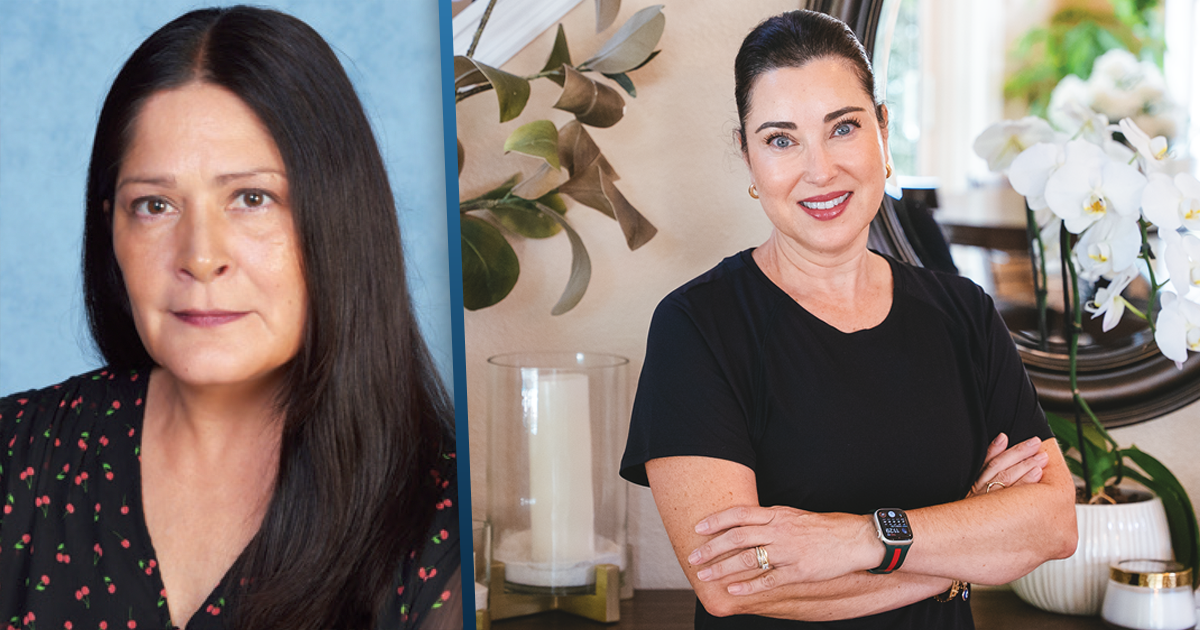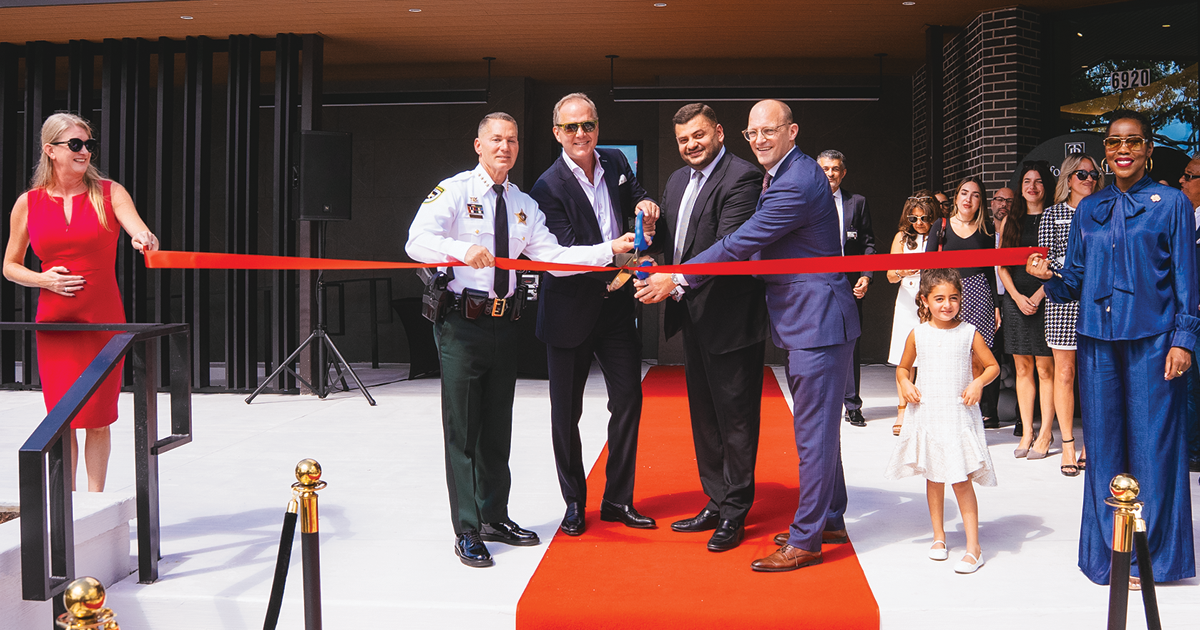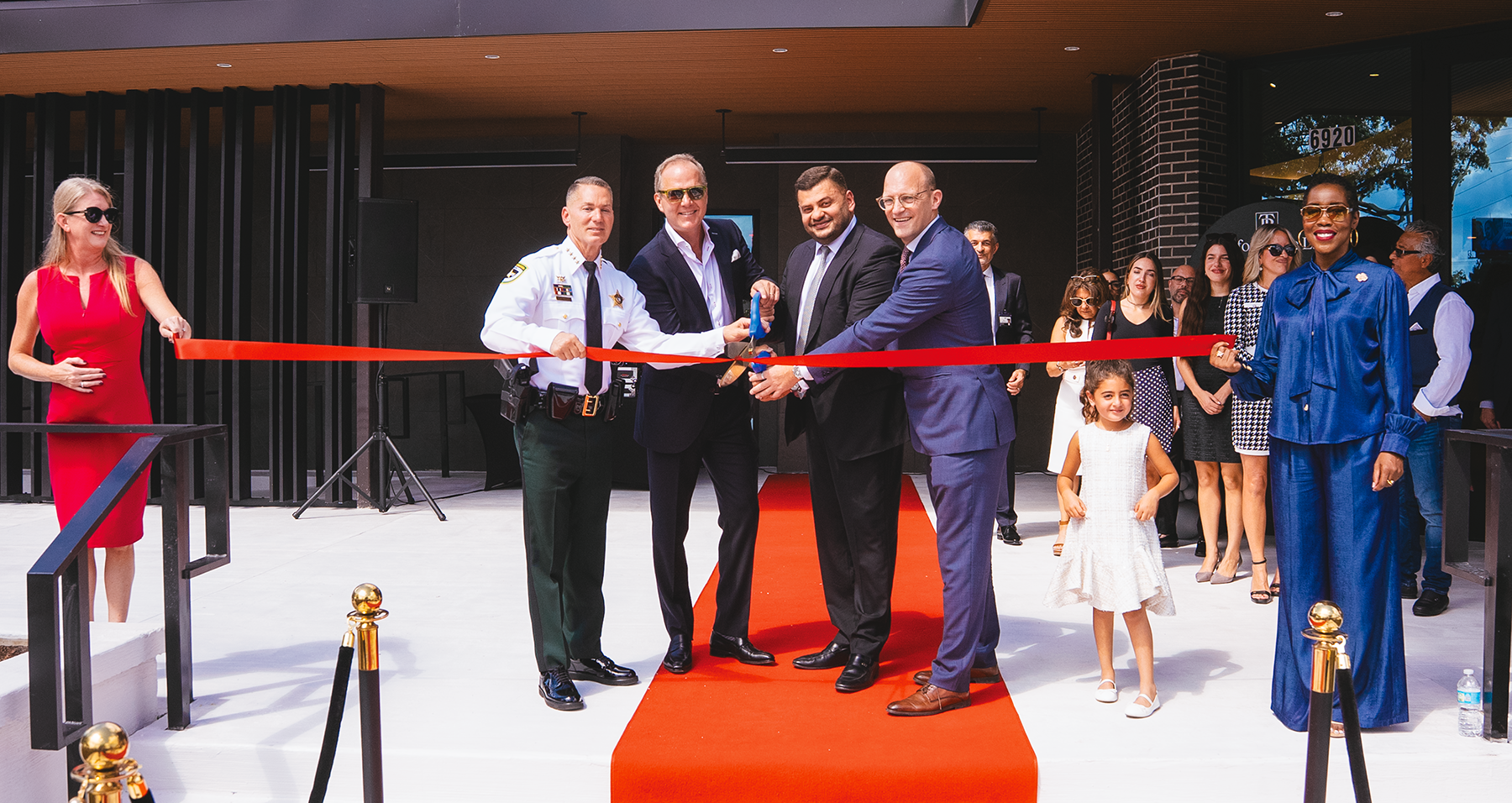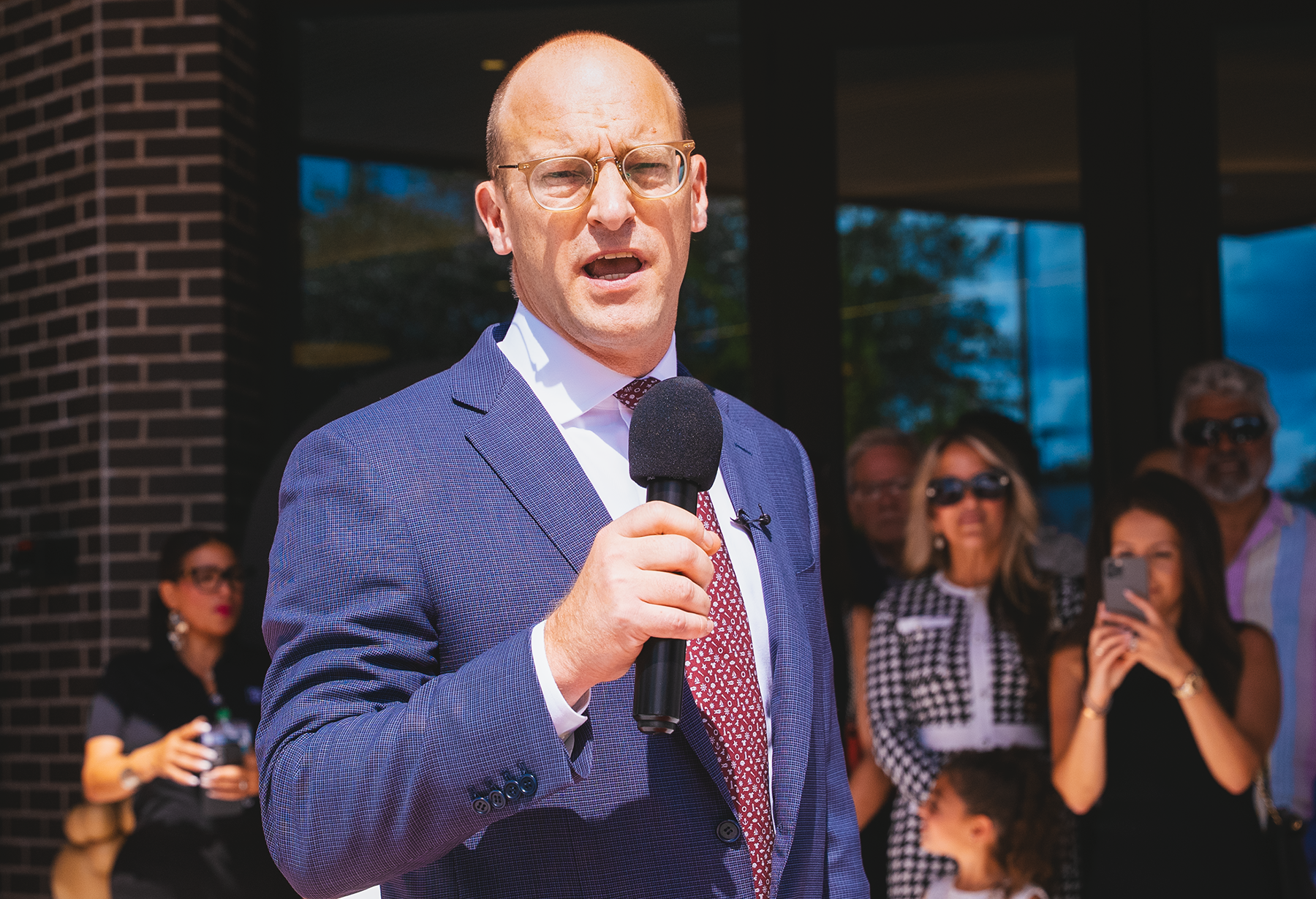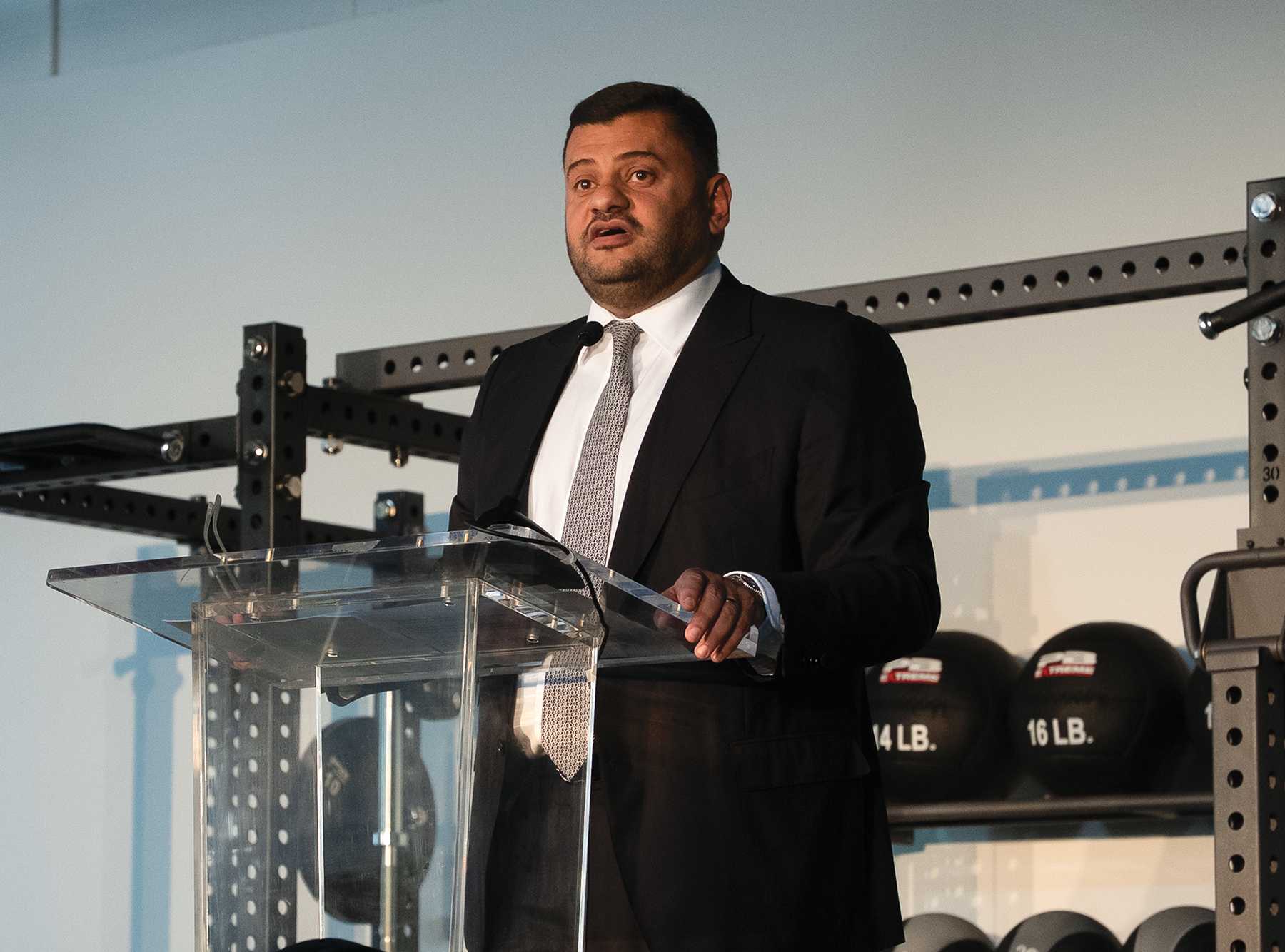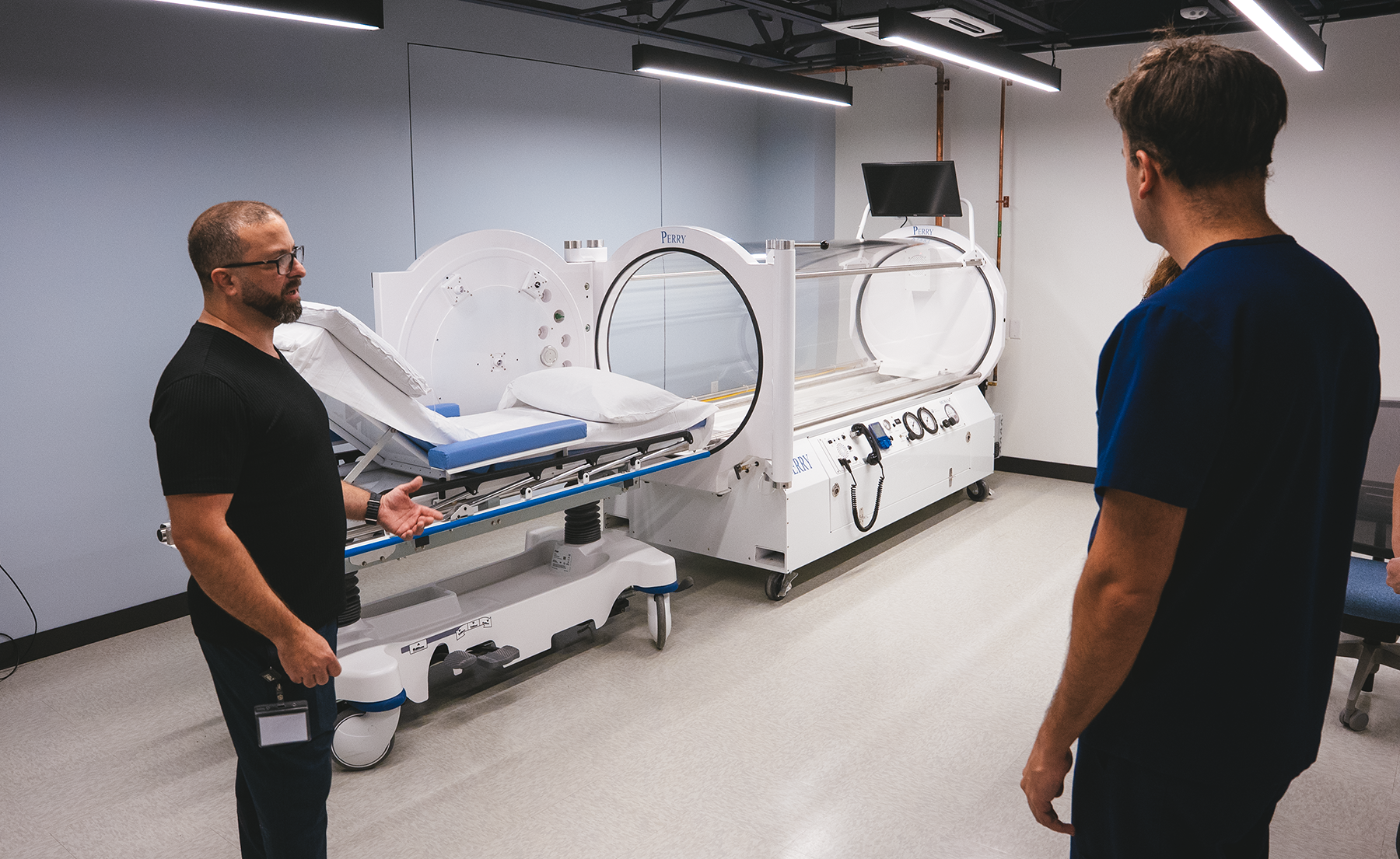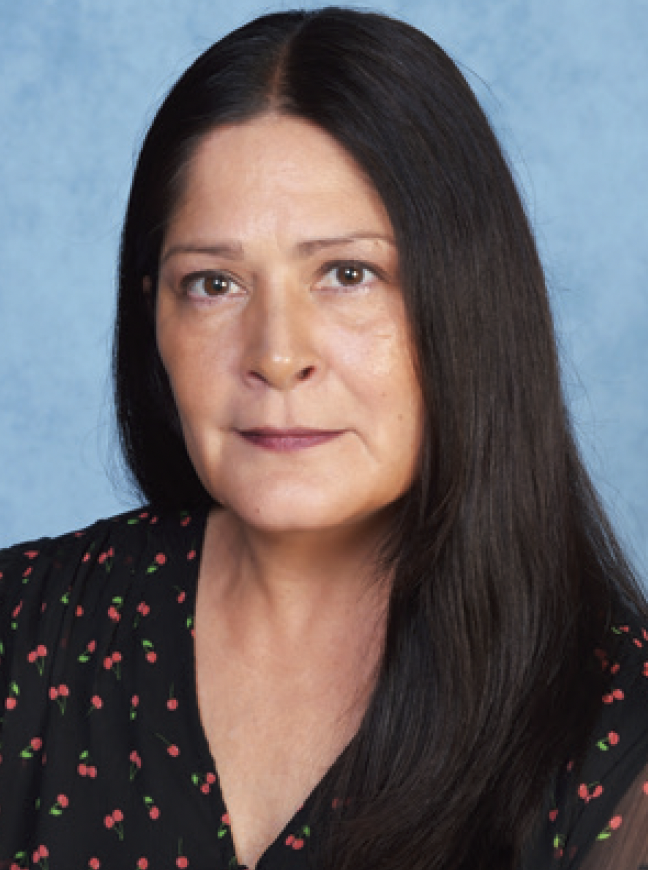
The Middle Place Accounting
Donna Ray, the owner of The Middle Place Accounting & Consulting Services, and I have a friend in common — Paula Nuñez, the owner of the Tampa City Dance Center and the founder of the Tampa City Ballet.
“I used to be the executive director of Tampa City Ballet,” Donna says, “and they are currently still one of my clients. I still handle their bookkeeping and accounting.”
Donna says she first launched The Middle Place during the pandemic, “while I was still the executive director of the ballet, because I have two children and their school was closed, so I needed to home school them and work from home. I also was taking care of my father, who has since passed away, so it just made sense to be as independent as I could be based on the needs of my family.”
She adds, “I sent out a big email blast at that time to people I’ve known around the Tampa Bay area for a very long time that my services were available and that seemed to be all that it took.”
The idea for her company didn’t just come out of nowhere, however. Donna has a total of 30 years of experience working in accounting.
After a decade of working in the Cayman Islands as an IT director with Cox Lumber Co. and Senior Accounting and later as project manager with Fidelity Group of Companies, she returned to the U.S., which was still recovering from the financial crash of 2008. She enrolled at the University of South Florida and graduated with a Bachelor of Arts (B.A.) degree in Women’s and Gender Studies.
After that, Donna says, “I found myself working for nonprofits for the first time. I accepted a job at the Helen Gordon Davis Center for Women as director of the Women’s Business Center in Hyde Park, where I worked with hundreds of entrepreneurs at all levels of experience and with a variety of needs — from writing business plans and building financial projections to accessing capital. That’s where the Tampa City Ballet found me.” Both nonprofits also extended Donna’s skills with grant writing, reporting and building relationships with community stakeholders and corporate partners, as well as with city, county, state and federal funding authorities.
She adds that since then, she has served, “a lot of female entrepreneurs, helping them either launch or with their business. But, my focus was on finance and accounting, and that was sort of my specialty, helping people build business plans, financial statements and projections.”
A Diverse Range Of Experience
She brings all of that experience with her to The Middle Place, “and I’ve been really lucky because I have a wide variety of clients. Some are in for-profit industries, some are nonprofit. I also work with a law firm and some retail companies.”
Donna says she provides a professional level of service that goes beyond just bookkeeping.
“I focus a lot on software implementation,” she says. “One nonprofit contract [I have] right now was implementing seven different unique technology stacks for them, and implementing Quickbooks Online and payroll and basically automating their entire organization.”
Originally from Chicago, Donna moved to the Tampa Bay area in the 1980s. She grew up as an aspiring young dancer, “but I had a very practical father who said, ‘If you break your leg, you need to have a backup.’ So as a teenager, she started out in business administration and, at age 19, as a legal secretary at a law firm in Clearwater.
While her extensive professional career was focused on accounting, IT, project and nonprofit management, Donna continued to study and dance with a local Tampa dance company and also performed with the Cayman Islands National Dance Company, where she also taught ballet and Gyrokinesis, a movement therapy specifically designed for dancers. After returning to Florida, she taught at the Patel Conservatory for Next Generation Ballet summer program.
Donna was thrilled when Paula Nuñez approached her needing help for the Tampa City Ballet. “I thought, ‘This is a perfect opportunity to work in an industry I love and provide my business expertise to help TCB grow and to help professional dancers in Tampa,’” she says.
She also works with Diaz Shafer, P.A. an immigration law firm in Tampa that was on Quickbooks Desktop but wanted to switch to Quickbooks Online, “so I did that for them.”
Donna also has done contract work for Davis College in Rwanda, Africa, as well as for Drong Ngur Jangchubling, a Tibetan Buddhist Center in Wesley Chapel, and Skate Park of Tampa: She’s also the Board treasurer of Dance Tampa Bay, led by Shana Corrada, E.D.
Donna provides full-service monthly accounting services for businesses of all sizes and industries, including payroll, sales tax filing and software integrations. “A lot of clients first come to me to handle their bookkeeping,” Donna says, “But I also do software implementation, financial projections and can help you grow your business by offering financial advice from a unique perspective. For more info, call (813) 391-6890 or visit TheMiddlePlace.com.—GN
Celly De Freitas Of Clean-It!
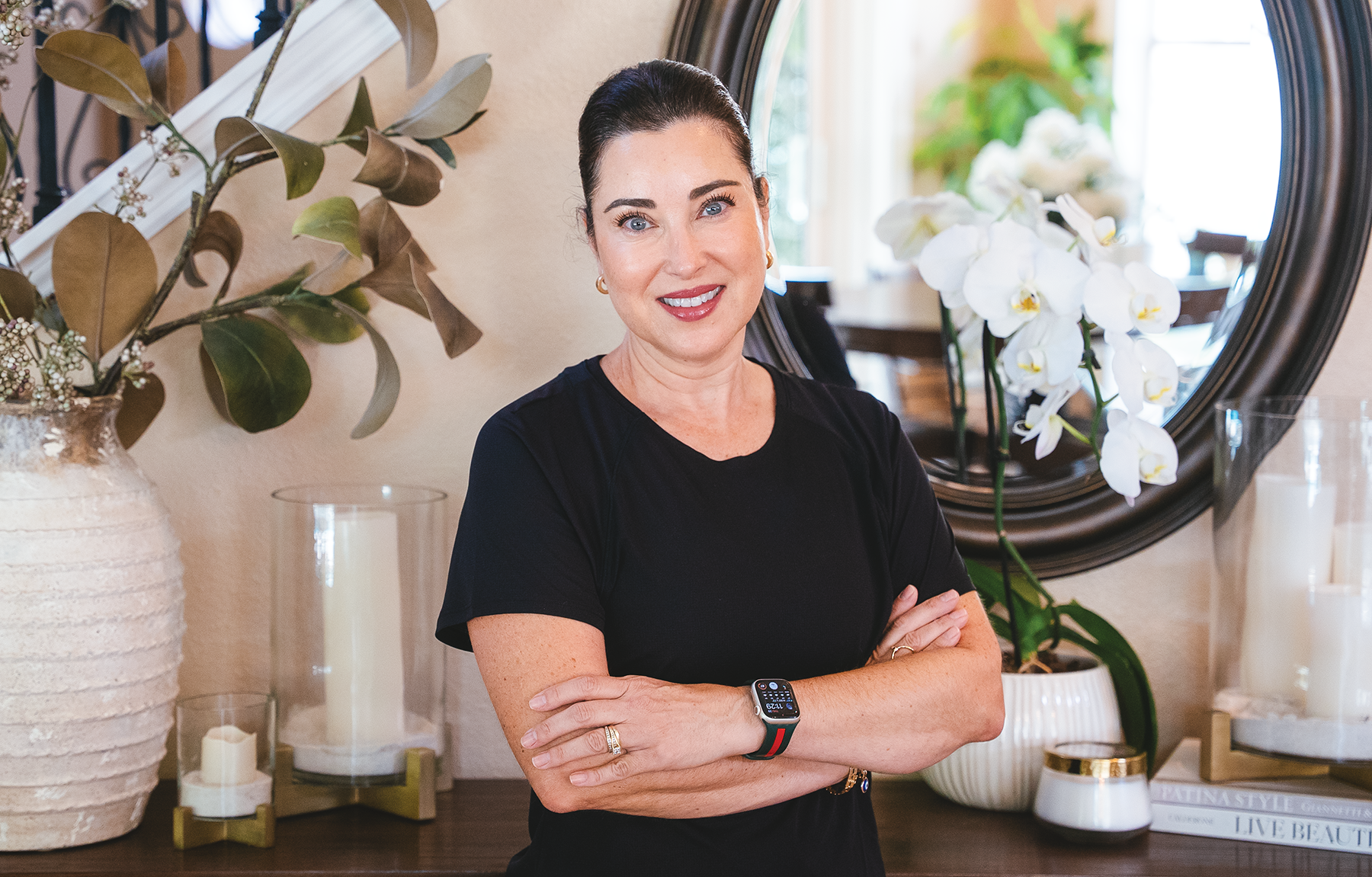
Clean-it owner Celly de Freitas has been cleaning homes and businesses in the New Tampa, Wesley Chapel and surrounding areas for the last 26 years.
But, she says, that wasn’t always the plan. She was a teacher in her native country of Brazil and planned to continue that career when Celly and her husband, Rogério Buchner de Freitas, moved to the Tampa Bay area, “but it was very hard for me to go to college (USF) here, because I didn’t speak English as well then as I do now,” she says. “I ended up leaving USF to go to school for the skin care business.”
In order to help pay for that schooling, she started cleaning houses and, even though she did end up opening a skincare spa, “I was making a lot more money cleaning houses, so I let the spa go after about two years,” Celly (above left) says.
Today, not only does this Wesley Chapel resident speak and understand English (as well as Spanish, Italian and her native Portuguese) fluently — despite still having a fairly thick accent — she has a team of twelve Brazilian women working with her, all of whom also speak and understand English, Spanish and Portuguese.
“I tell everyone who works for me that they have to be able to communicate with clients in English,” Celly says. “You have to be able to understand what the clients want and do whatever they ask when it comes to cleaning their homes.”
She says she usually uses a “team” approach, sending at least two and sometimes three members of her team to each job. “It’s much more efficient this way,” she says. “We can clean a lot more places when we work together.”

Celly, who has been an American citizen for about 20 years, isn’t usually actually working with the teams — she’s the one coordinating the schedules and checking up on all of her employees to make sure they are getting to each location on time (and calling or texting the clients when one of “my girls” is running late). “But, when I have someone out sick or they’re stuck someplace, I will still go and help out,” she says. “And, I try to be as flexible as possible when a client needs to change their schedule, too.”
The Covid-19 pandemic definitely took a toll on Celly’s business, but says she was able to survive because she received a PPP (Paycheck Protection Program) loan from the government, “and continued to pay all of my employees who didn’t go back to Brazil, even though they weren’t able to work for several months. Without that money, I might have lost all of my clients.”
Clean-it offers (and is licensed to provide) residential and commercial (“We are licensed to do medical and dental clinics, but not hospitals,” Celly says) cleaning services, including monthly, bi-weekly and weekly services, one-time cleans and move-in and move-out cleans. “We have amazing references, too.,” she says.
Most of Clean-it’s clients are in Wesley Chapel, New Tampa, Lutz and Land O’Lakes, she says, “but we do travel a little further for some clients, especially those one-time cleaning clients.”
She adds, “We really specialize in those move-in cleans. We usually end up getting the [new homeowners] as clients because we do such a great job.”
For more information about Clean-it and/or a free job quote, call (813) 505-0431. — GN

